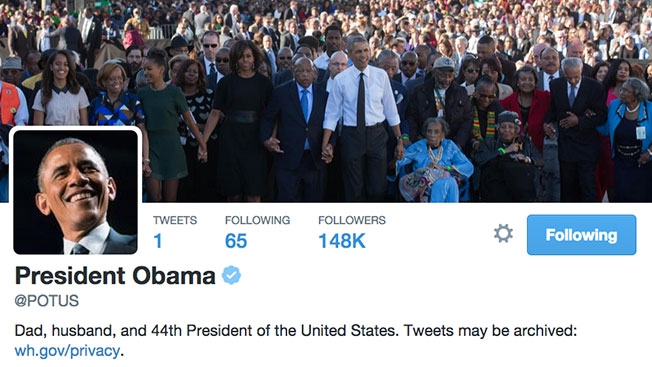
5 Multicultural Marketing Mistakes
Multicultural marketing… what is it? According to Forbes, by 2042 there will not be a dominant ethnic group and globally we will be an increasingly integrated community. Great right? Sure, but is your marketing keeping up? My latest article, 5 Multicultural Marketing Mistakes takes a look at some common errors you may be making whilst trying to target a global audience and how you can fix them:
Mistake #1 Not Recruiting Multicultural People
When it comes to adding to your marketing team, whether it’s a physical person in the office or freelance members, it is beneficial to hire multicultural people. What does this mean? I don’t mean you need to pick people from each country, but you do need to pick people who are open to and interested in learning about different cultures. If you need to target the GCC market then of course it is helpful to have an Arabic speaker on the team. It is even more important to hire a person who is willing to learn about the different cultures in that region and target them accordingly. Remember that in marketing terms, multicultural can also include gender, sexuality, age and other demographics wherein it is beneficial to employ diversity.
Mistake #2: Assuming You Know Your Audience
Hard data is an essential part of every good marketing strategy and without it you are just taking shots in the dark. Do you know your target audience or you just think you know them? They are very different things! Conduct proper market research, using a third party if necessary, before you begin your marketing campaigns. Not only that, but you must be prepared to listen to the feedback, even if it doesn’t fit with your marketing ideals! Never assume you know! You want to reach the audience you are aiming for and use things like text message marketing, email marketing, social media marketing, etc. that will appeal to what they are looking for and how they interact with what is being advertised to them.
Mistake #3: Only Localizing Text
It’s great to localize text for different regions. Not only does the language change but the tone, references and phrases do too. This makes your message appealing to your target market. So you’re localizing your content which is awesome but what about everything else? Your images and videos need to be localized too otherwise it’s clear that you have gone for a quick fix solution without any real thought. One campaign might have 10 different images to accompany it, therefore ensuring it is relevant and appealing to each market. Many brands simply add captions to YouTube videos so that they can hit all their target markets. In my opinion this is ok for a quick fix solution but never a long term one. Your YouTube channel needs to have localized playlists and not rely on dubbing or captions. Speaking of text…don’t rely on direct translations. The popular “Got Milk?” campaign launched in Mexico with the direct translation ” Tiene(s) leche?” which actually translated to “are you lactating?”
Mistake #4 Losing Your Brand Voice
This is a tricky one. You need to localize your message whilst keeping your brand voice. What does that mean? Ok, if you take a look at Coca Cola which undoubtedly has a successful international marketing operation. Their images change from country to country, as does their text and marketing videos. However, their message remains the same… “Enjoy Coke with Friends” “Coke sponsors sporting events” “Drinking Coke is a happy experience”. If you were to watch a Coke video in another language it is likely that you would still understand the message. To successfully achieve this you need to have excellent cooperation with your international offices and the ability to take one campaign and make it relevant for each region.
Mistake #5 Stereotyping
Ok we all know that stereotyping is inaccurate but we still do it a little bit when it comes to marketing. A client of mine once requested a high level campaign for Asia because “All Asians are super smart”, another told me in no uncertain terms that “all British people love the Queen”. Positive stereotyping can be just as insulting for the recipient and ultimately means that your message will not connect with your target audience. Do your research, speak to people and avoid making sweeping statements which could alienate segments of the market.
I hope that 5 Multicultural Marketing Mistakes was helpful. Please tweet me @CharliSays and let me know your experiences.


